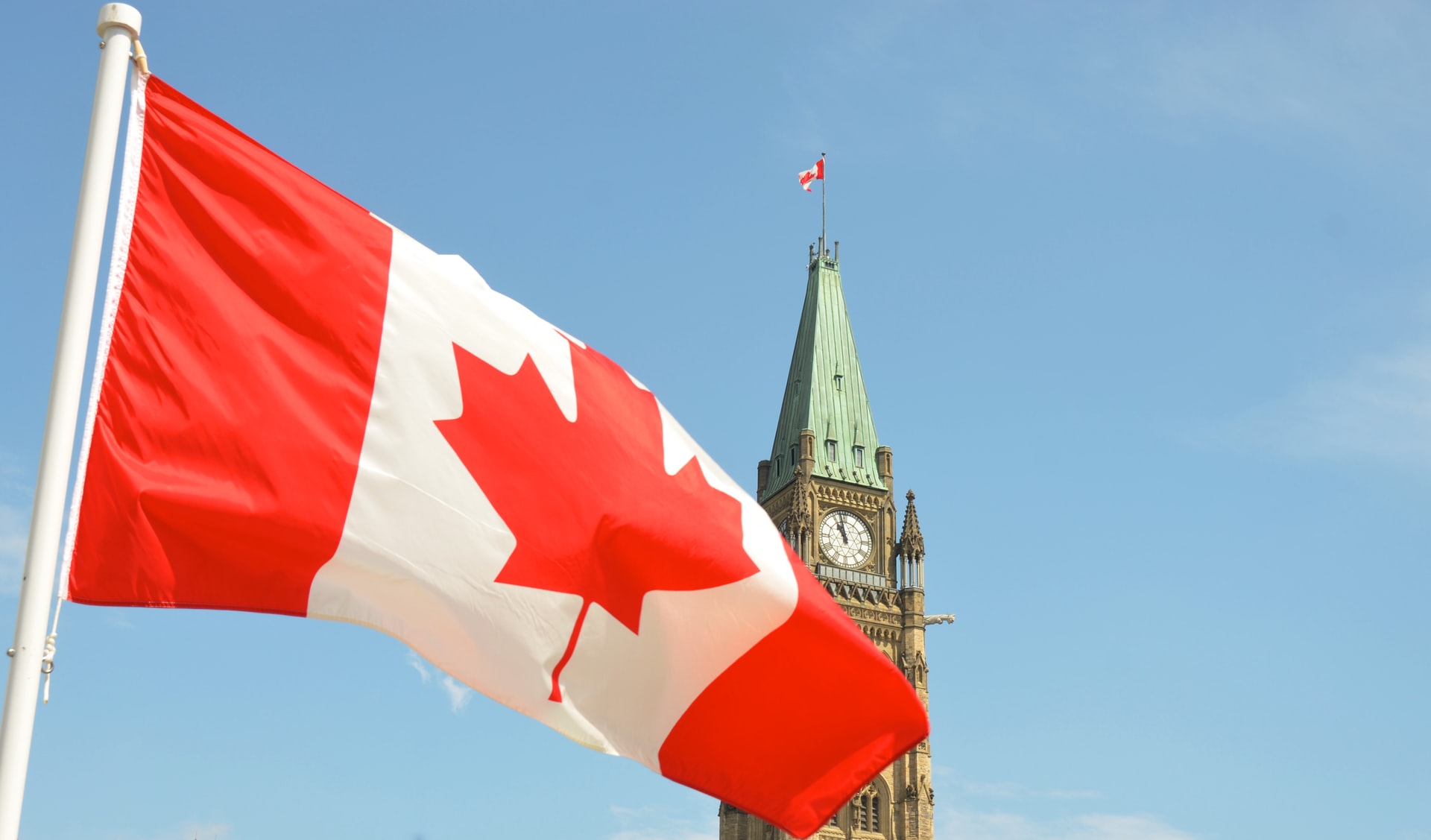Improved dental care for middle and low-income Canadians could be nearing, following a landmark agreement between the Liberal Party and the NDP. The agreement, which is part of a confidence-and-supply agreement to help the Liberal Party continue to rule, is likely to have a positive impact on many people. Therefore, the federal government will hope for millions of Canadians to benefit from the upcoming program.
Canada’s Liberal Party has agreed to launch a new dental care program for middle and low-income Canadians [1]. This news is likely to have a very positive impact on millions of Canadians.
The agreement was reached between the Liberal Party and the NDP. In exchange, the NDP will prop up the Liberal Party in the federal government until 2025, as part of a confidence-and-supply agreement.
This agreement has been heralded by the NDP, who have consistently campaigned for increased dental coverage for Canadians. They are hopeful a rollout will begin soon.
The agreement
Liberal Party leader Justin Trudeau announced the new agreement at a press conference [1]. Trudeau remarked that “we’ve agreed to work together. It is about focusing on what we agree on. instead of what we disagree on” [1].
The program would be for families with an income of less than $90,000 annually [1]. There would also be no co-pays for anyone with an income of less than $70,000 annually [1]. Co-pays refer to the fees which are charged when someone makes a claim
The aim is for the program to involve preventative and restorative services [1]. For example, this would include cavity fillings, routine exams, and gum disease treatment among many other areas.
The current plan is for the dental program to be rolled out in three phases. The starting point will be later in 2022, with those aged 12 and under benefiting first [1].
In 2023, this would expand to those aged 18 and under, seniors and persons living with a disability [1]. Therefore, 2023 will see a sizeable amount of people receive help with dental costs. Then finally, a full rollout would follow in 2025 [1].
The Parliamentary Budget Officer has estimated the cost of this program will eventually be around $850million per year [2]. But considering the cost of emergency room treatments for oral problems, this outlay may actually end up saving the federal government money.
The NDP’s response
The NDP have been understandably delighted at the news. Jagmeet Singh, current leader of the NDP, has long-championed improved access to dental care.
Singh spoke of the announcement at a press conference [1]. He said that “we’re using our power to get help to people”. Singh continued by saying “we are getting help for people that need their teeth fixed” [1].
But Singh has warned the Liberal Party that he won’t be letting them “off the hook” [1]. Singh said that “if they fall short on what we’ve agreed to, this deal doesn’t continue” [1]. It certainly appears that Singh will not accept any deviation of this program.
The benefit this will have
This agreement is likely to benefit millions of people. Access to oral healthcare in Canada has been a concern for many years. However, this is finally being addressed now.
In 2018, almost 25% of Canadian citizens avoided seeing a dental professional due to concerns over the cost [3]. As a result of the Covid-19 pandemic halting routine dentistry, that total is likely to have increased further recently.
Many people opt to wait until they are in excruciating pain to get treatment. But by this point, advanced gum disease and severe tooth problems could have arisen.
Therefore, news of this agreement is seen as an excellent moment for oral healthcare in Canada. The benefits are likely to be truly felt within the next few years as the program increases in coverage.
Thinking points…
1) As we have mentioned above, if dental problems are left alone, they will only get worse. Therefore, receiving treatment as soon as problems appear is crucial. The best way of ensuring this is by attending a regular check-up. It is understandable to be wary of cost, but here at Taradale Dental, we abide by the Alberta Dental Fee Guide, ensuring transparent and competitive costs. Consider booking an appointment now!
2) If you, or someone you know, will benefit from this program, this is great news. However, you cannot afford to get complacent. You shouldn’t wait for this program, as it will take time to be implemented. Therefore, remember not to neglect your oral
health – this includes attending dental check-ups!
What we offer at Taradale Dental
Taradale Dental is a dental clinic based in Calgary, Alberta, Canada. We provide our patients with a warm welcome, a comfortable experience and advice whenever needed.
We recommend that our patients attend our Calgary-based dental clinic twice a year for a regular dental check-up. When problems are detected, we have many treatments available. For instance, these include cavity fillings and root canals.
Here at Taradale Dental, we also have some cosmetic treatments available! These include dental implants, tooth whitening and Invisalign™! These treatments can have a positive impact on your appearance, confidence, and self-esteem.
Importantly, we recommend brushing your teeth at least twice a day and flossing regularly. Moreover, eating healthily and trying to avoid sugary foods and drink is helpful.
In addition, all of our services at our Calgary dental clinic Taradale Dental are in line with the Alberta Dental Fee Guide.
We would love you to visit our Taradale Dental clinic in Calgary! You can find out more about us by visiting our website https://taradaledental.ca.
References
[1] Tunney, C. (2022). Liberals agree to launch dental care program in exchange for NDP support. Available: https://www.cbc.ca/news/politics/trudeu-jagmeet-singh-deal-government-1.6393021. Last accessed: 26th March 2022.
[2] Gatehouse, J. (2019). NDP’s dental plan seen as smart policy – but some costs are uncertain. Available: https://www.cbc.ca/news/politics/ndp-dental-plan-fact-check-1.5289005. Last accessed: 26th March 2022.
[3] Statistics Canada. (2019). Health characteristics, annual estimates. Available: https://www150.statcan.gc.ca/t1/tbl1/en/tv.action?pid=1310009601. Last accessed: 26th March 2022.




[…] Improved dental care for middle and low-income Canadians could be nearing, following a landmark agreement between the Liberal Party and the NDP. […]